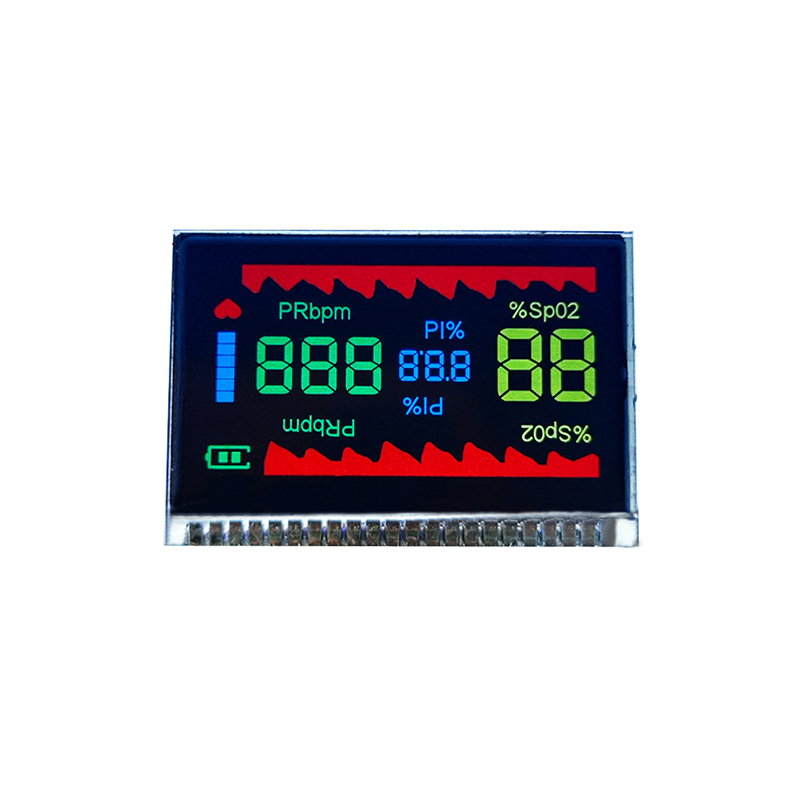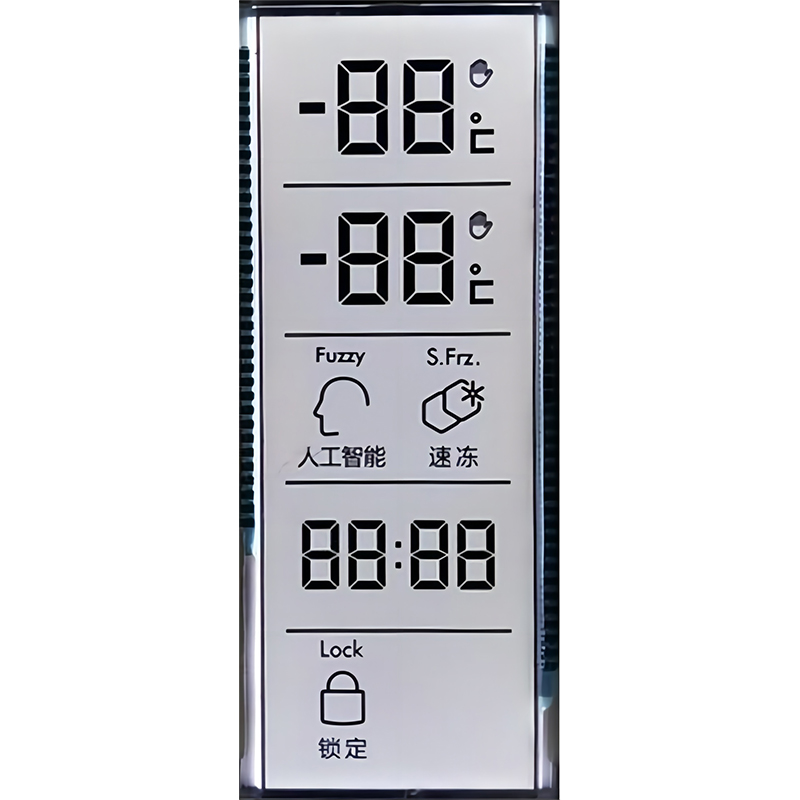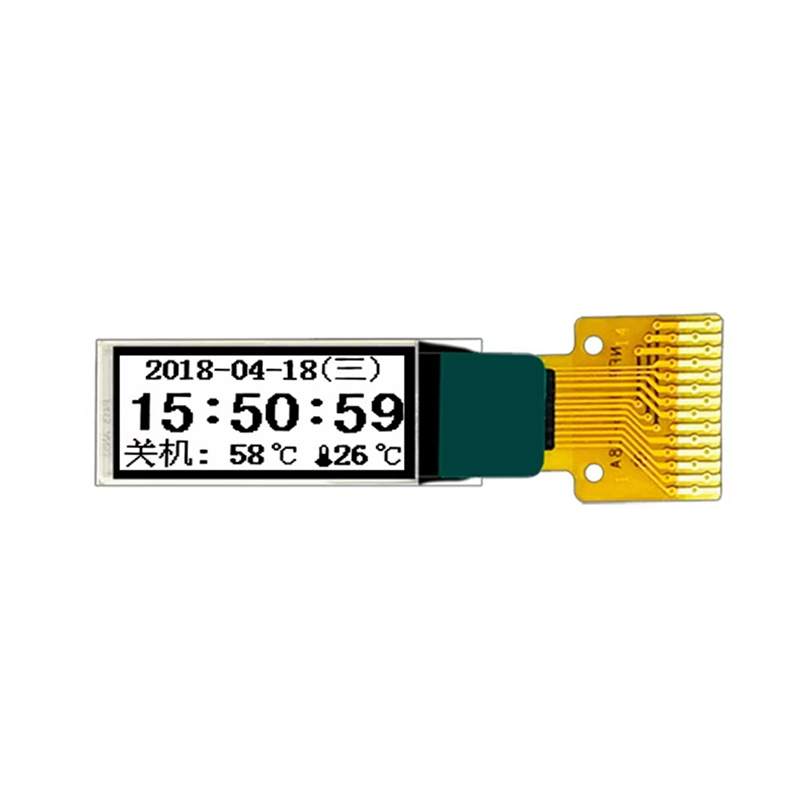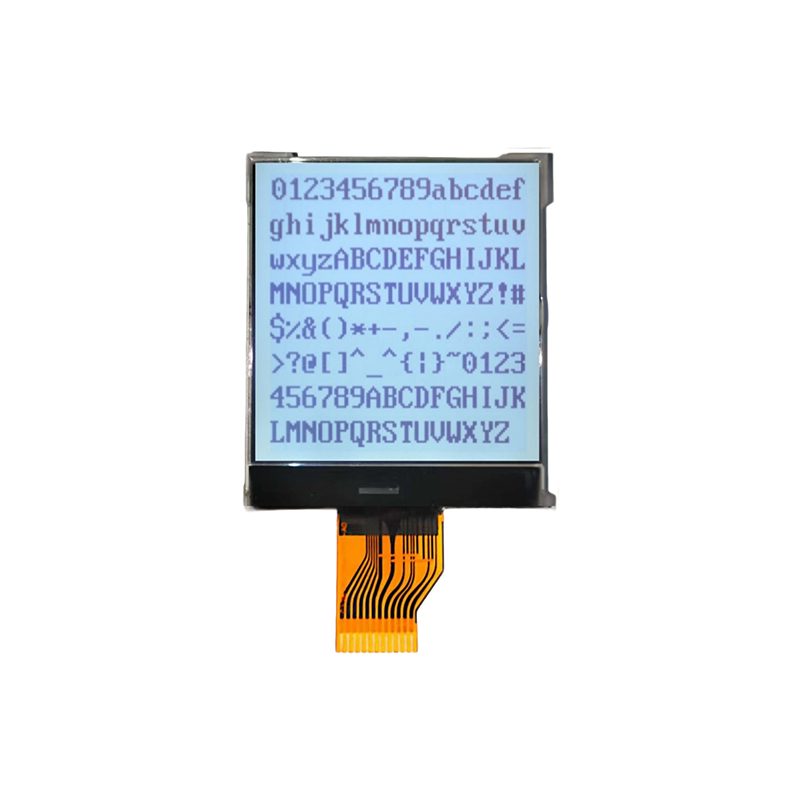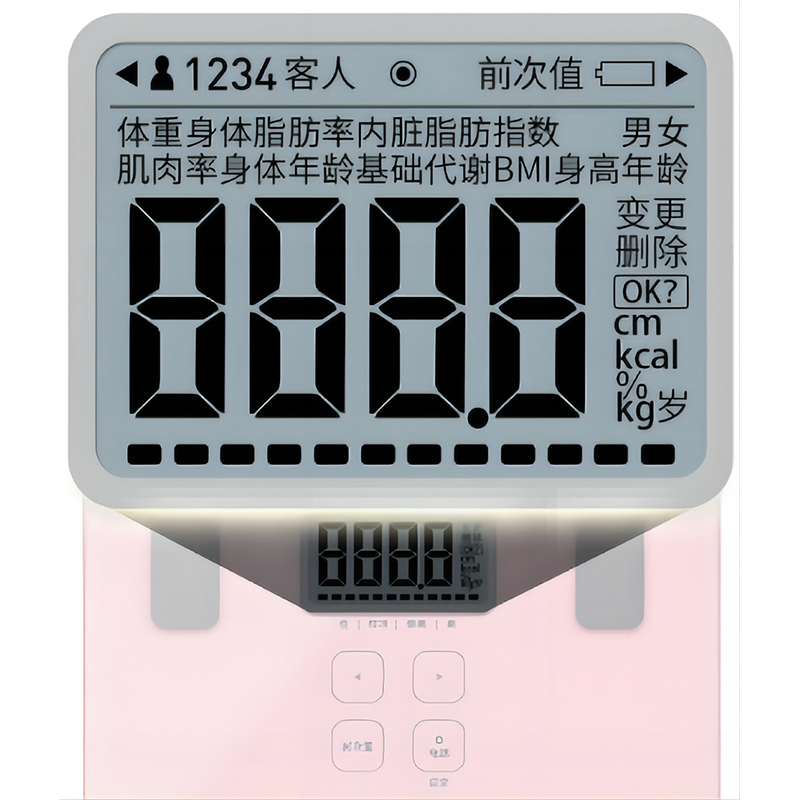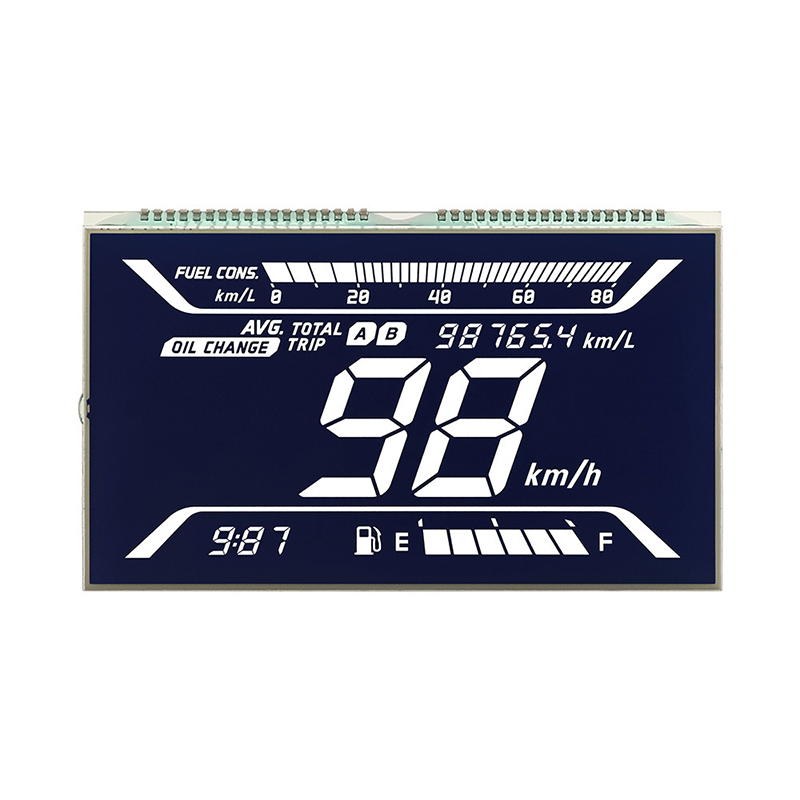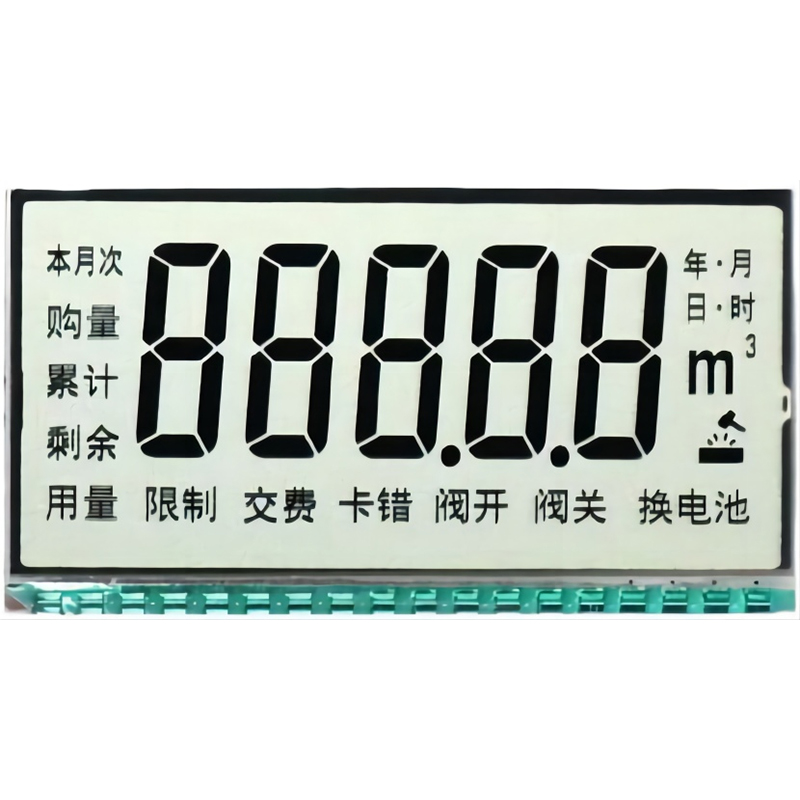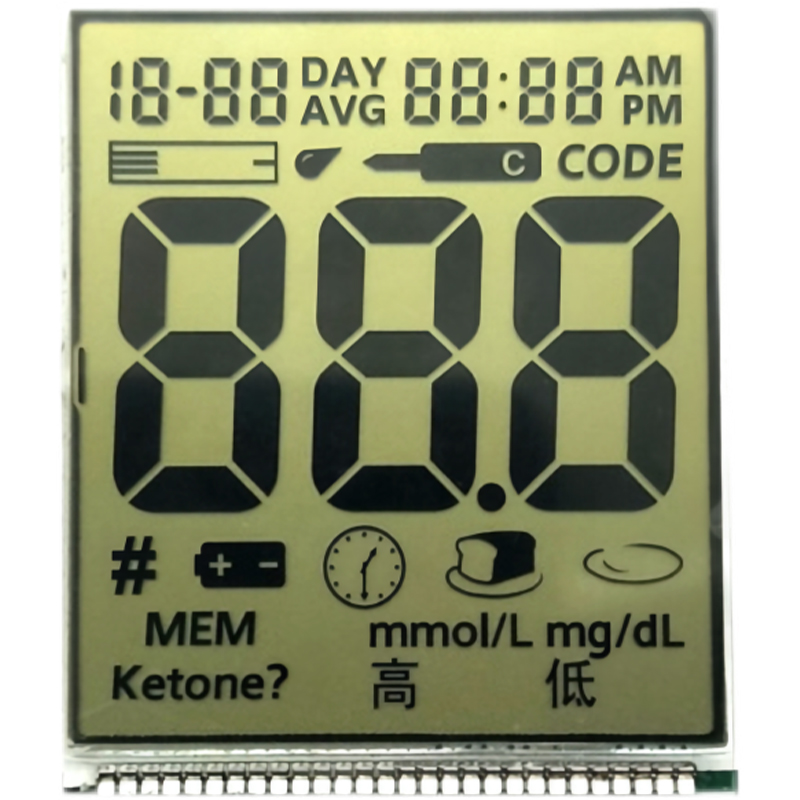
This guide provides a detailed overview of 1.3 inch TFT displays, helping you understand their features, applications, and how to select the best one for your needs. We'll cover key specifications, compare different display types, and explore real-world examples. Learn how to navigate the options and make an informed decision for your project.
The resolution of a 1.3 inch TFT display, typically expressed as width x height (e.g., 240x240 pixels), directly impacts image sharpness. Higher resolution means more detail. Pixel density, measured in pixels per inch (PPI), determines how crisp the image appears. A higher PPI generally results in a sharper, more detailed display. When selecting your display, consider the level of detail required for your application.
Brightness, measured in cd/m2 (candela per square meter), affects the visibility of the display in different lighting conditions. A higher brightness value is preferable for outdoor use or bright environments. Contrast ratio describes the difference between the brightest white and the darkest black that the display can produce. A higher contrast ratio leads to more vibrant and lifelike images. The optimal brightness and contrast ratio will depend on your intended use case. For example, a display for a wearable device may require different specifications compared to one for an industrial application.
The viewing angle of a 1.3 inch TFT display determines the range of angles from which the screen can be viewed without significant color or contrast shift. Wider viewing angles are advantageous for applications where the display might be viewed from various positions.
Response time, measured in milliseconds (ms), indicates how quickly the pixels change color. Faster response times are crucial for applications requiring smooth video playback or dynamic content. A lower response time is preferable for applications involving moving images or animations.
The interface type (e.g., SPI, I2C) determines how the display connects to the microcontroller or other controlling device. Power consumption, often measured in milliwatts (mW), is a significant factor in battery-powered applications. Choosing a display with low power consumption can extend the battery life of your device.
Several types of 1.3 inch TFT displays are available, each with its own advantages and disadvantages. These might include different backlights (e.g., LED), color palettes, and manufacturing techniques. Consider the specific requirements of your application when choosing a display type. Some manufacturers, such as Dalian Eastern Display Co., Ltd. (https://www.ed-lcd.com/), offer a wide variety of options to suit different needs.
1.3 inch TFT displays find applications in a wide range of devices, including:
Selecting the appropriate 1.3 inch TFT display involves careful consideration of the factors discussed above. Begin by defining the specific requirements of your project, such as resolution, brightness, viewing angle, and power consumption. Then, compare different displays from various manufacturers, taking into account their specifications, pricing, and availability.
| Feature | Display A | Display B | Display C |
|---|---|---|---|
| Resolution | 240x240 | 240x240 | 128x128 |
| Brightness (cd/m2) | 300 | 250 | 200 |
| Contrast Ratio | 500:1 | 400:1 | 300:1 |
| Viewing Angle | 80° | 60° | 45° |
| Response Time (ms) | 20 | 30 | 40 |
Note: This is a sample comparison table. Actual specifications may vary depending on the manufacturer and model.
By carefully evaluating these specifications and considering your project's unique needs, you can confidently select the perfect 1.3 inch TFT display for your application.


